-
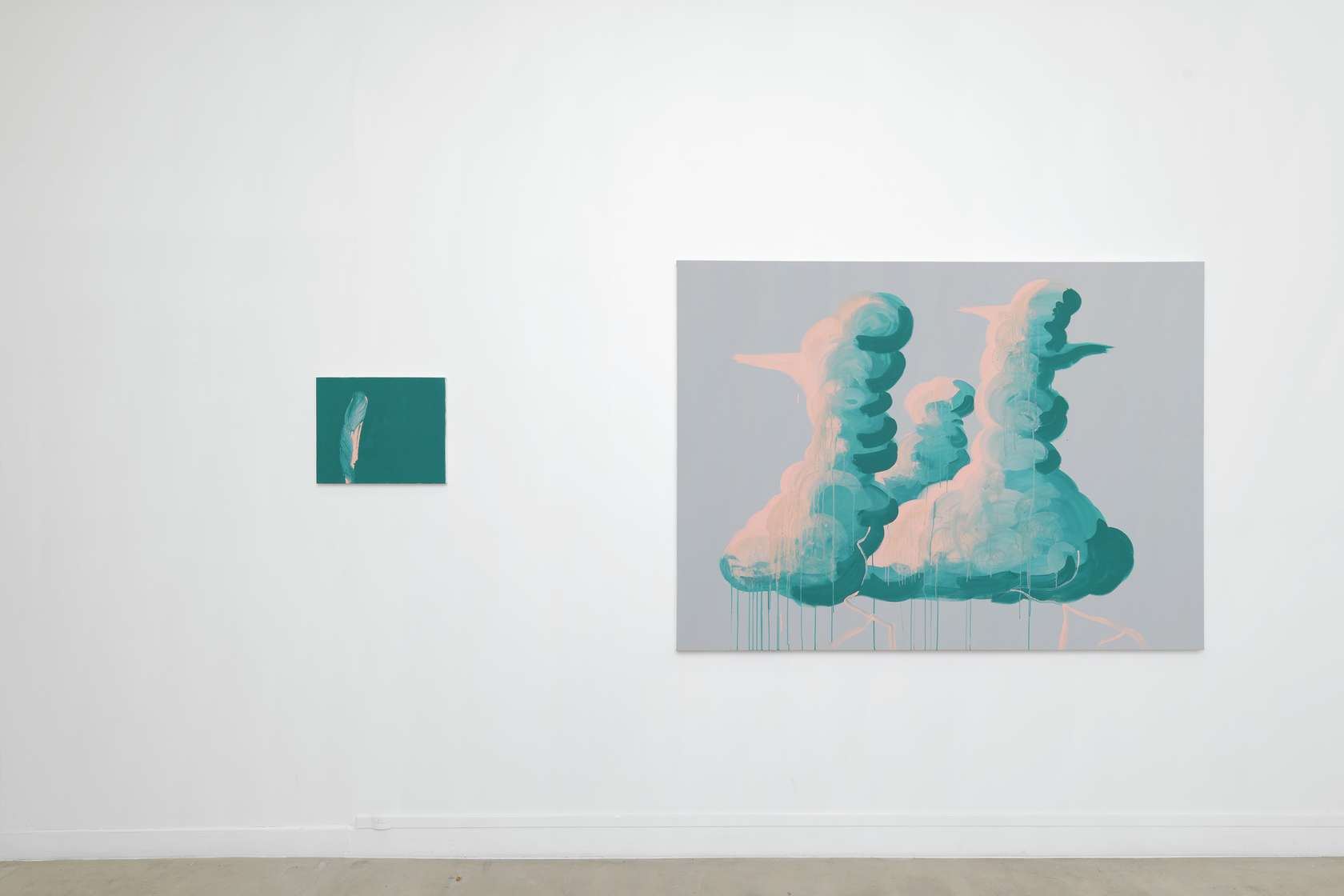 1/9
1/9
Hugo Pernet, Rachel
-
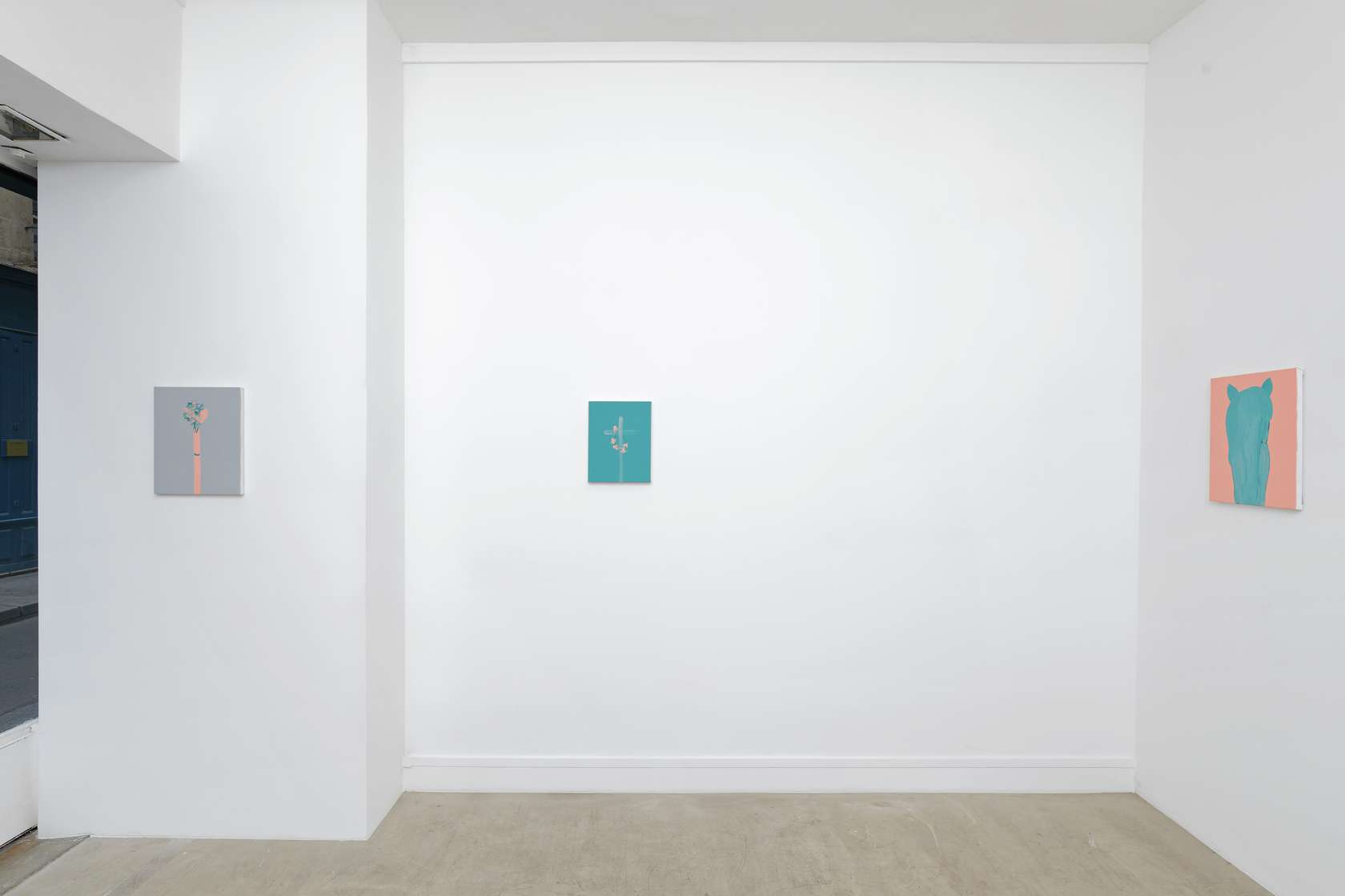 2/9
2/9
Hugo Pernet, Rachel
-
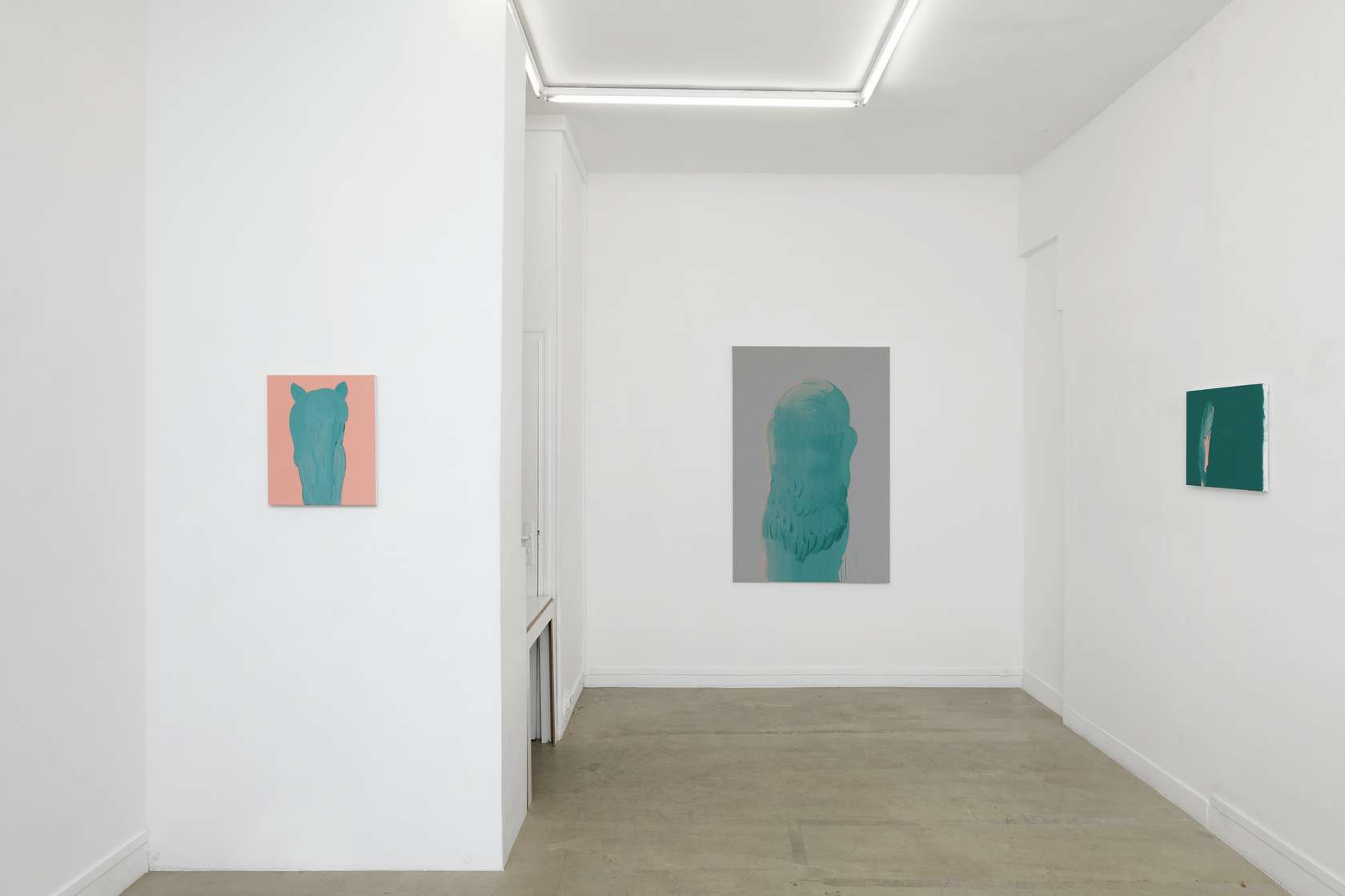 3/9
3/9
Hugo Pernet, Rachel
-
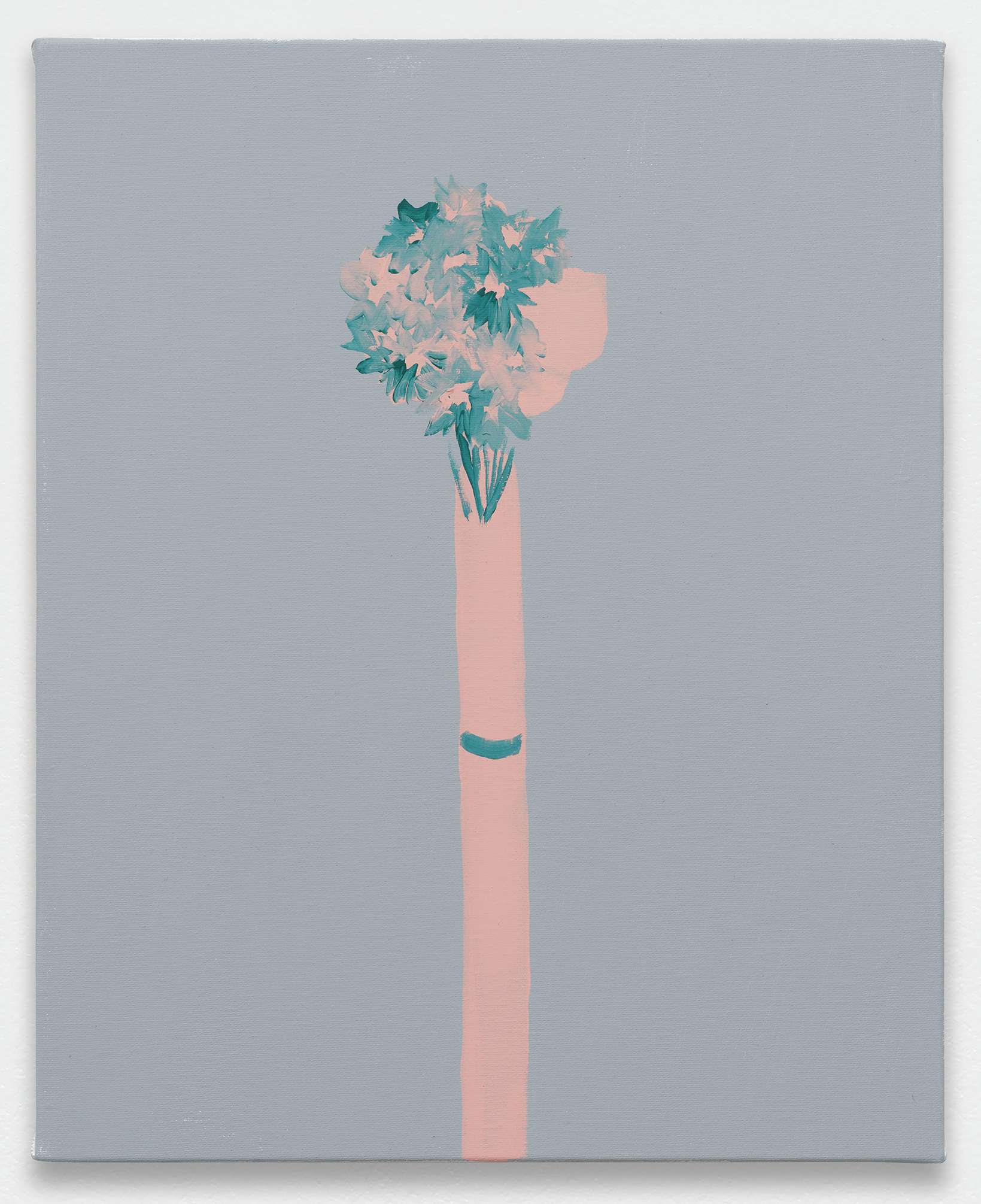 4/9
4/9
Hugo Pernet, Rachel
-
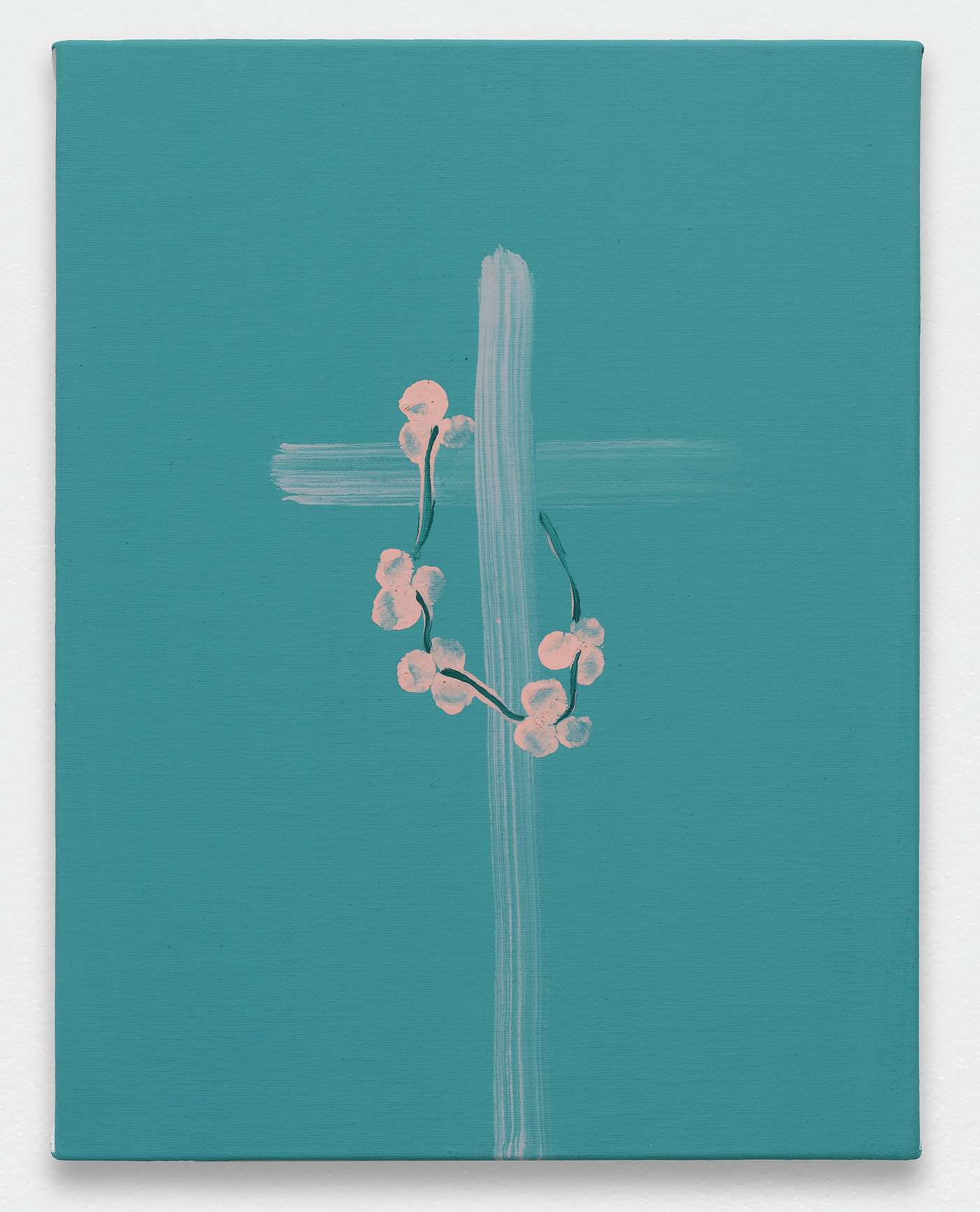 5/9
5/9
Hugo Pernet, Rachel
-
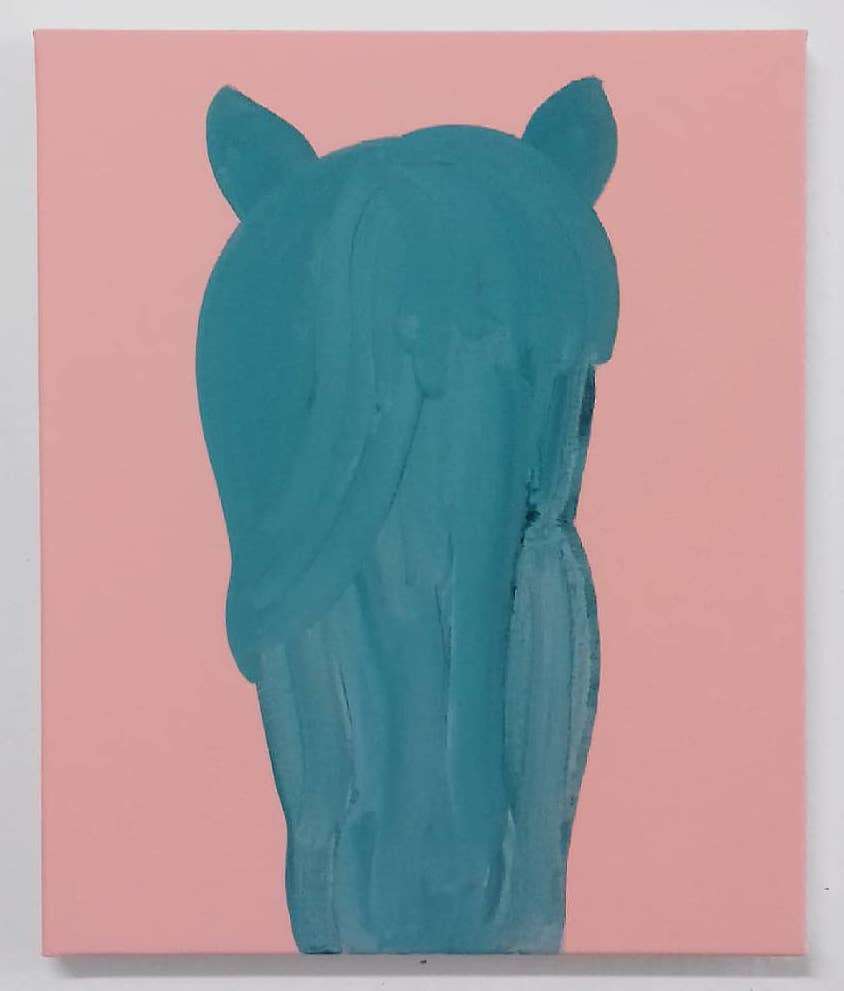 6/9
6/9
Hugo Pernet, Rachel
-
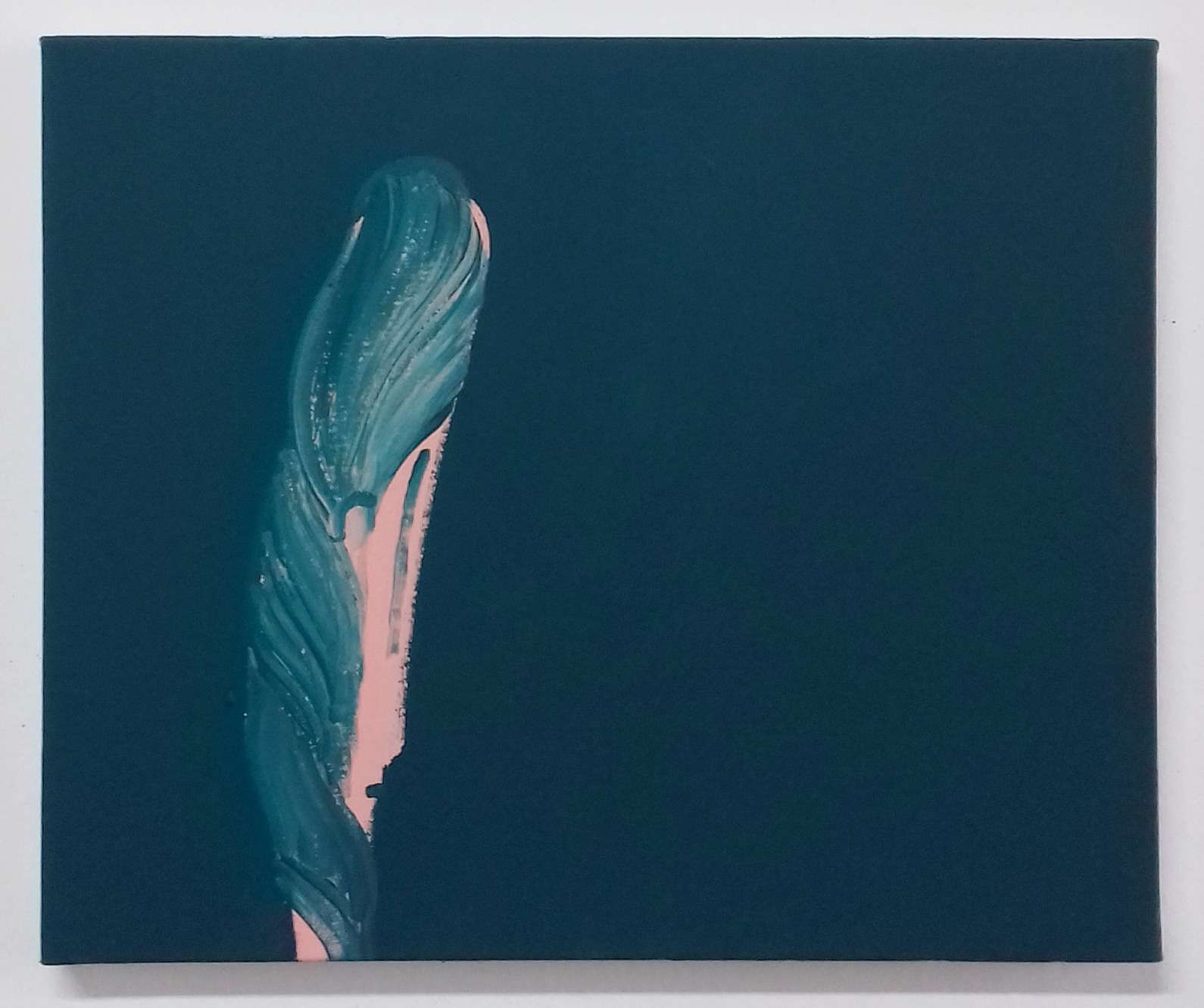 7/9
7/9
Hugo Pernet, Rachel
-
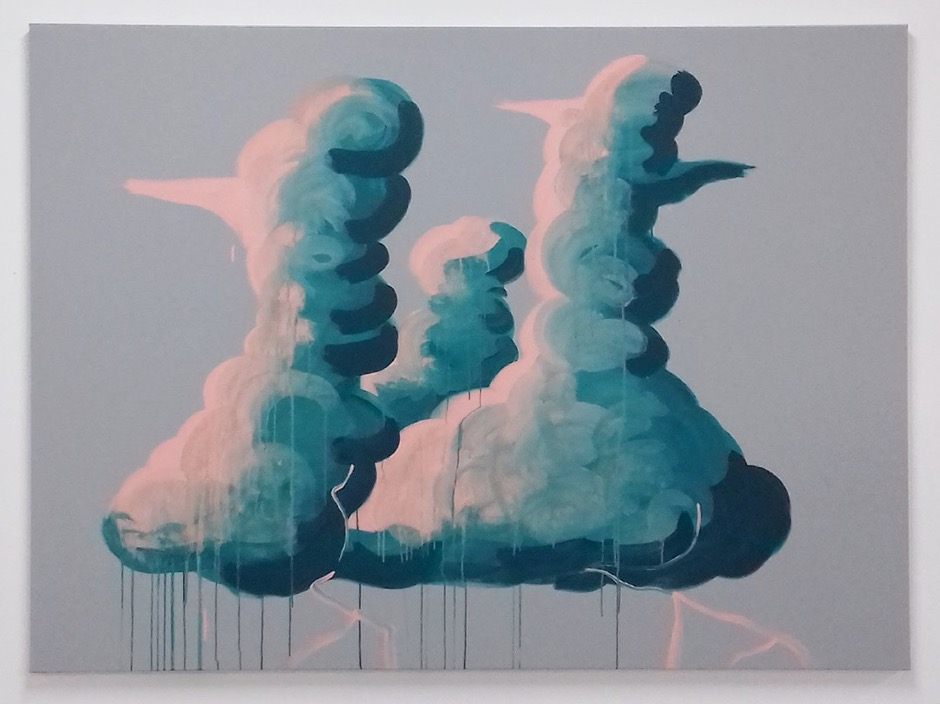 8/9
8/9
Hugo Pernet, Rachel
-
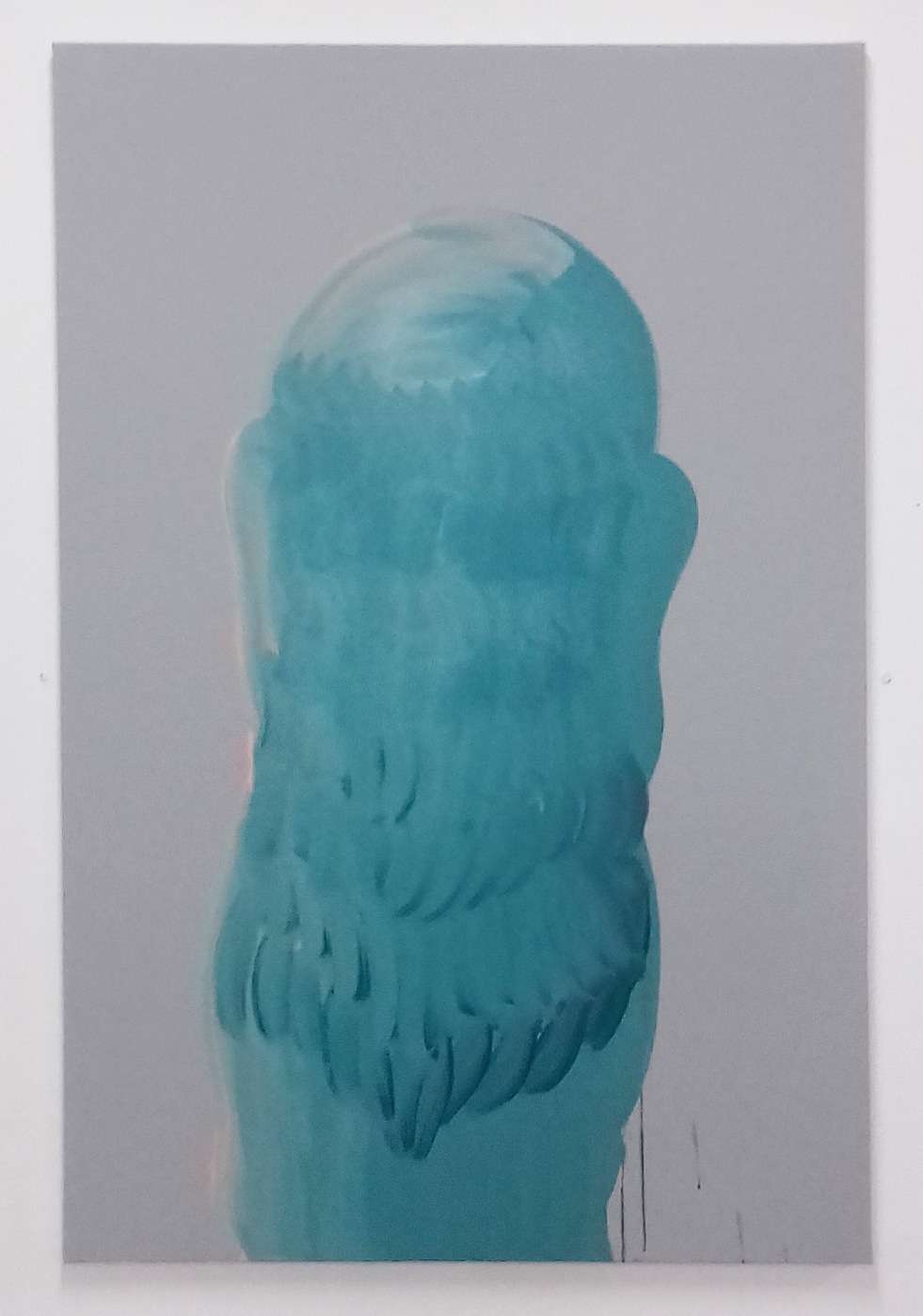 9/9
9/9
Hugo Pernet, Rachel
Hugo Pernet describes the universe linking his Rachel paintings as “that of a young girl” “nineteenth century-ish” “Emily Brontë-esque.” The oeuvres of the exhibition, as well as those in the series (of which at the moment there are around fifteen) bring together figures and subjects that are clearly rooted in dark romanticism: horses, storms, tortured family relationships, tombstones, full moons, somber mountains and a frosty color scheme of old pink and bluish-green. One can almost hear the wind howling across the heather-covered moors. Yet the verb “link” is probably not really appropriate in this context. It would perhaps be more accurate to say that a universe exists between these paintings, something like a layer of synthesizer that floats above, and most likely below the subject, since their composition reaches downwards, in a sculptural gesture that continues out-of-frame at the foot of the paintings.
This universe has seemingly imposed itself on the artist as he himself suggests when he depicts himself as a passive subject driven by “something that grows on its own” so that “the series has been created from one painting to the next.” We should remind ourselves that modernity has largely mocked theories of inspiration for the outlandish representations they have motivated artists to produce: the idea of being under the influence of an irrational force independent of ones consciousness, has had bad press (which perhaps explains the rejection from which Surrealism has suffered for so long). Yet rather than a magical world where divinities or the unconscious mind whisper their dictation directly into poet’s ears, it may well be that the term “inspiration” refers to this more simple idea: the autonomy that forms enjoy (and what is produced when it is given free reign).
Let’s take a concrete example. In 2018, Hugo Pernet created, among other things, a series of paintings, whose composition dominated the center of the canvasses, and which obsessively depicted the form of a ball (or an eye, or a sphere, or a planet). This insistent roundness went hand in hand with a certain feeling of warmth, instilling something joyful if not festive in the surrounding atmosphere and the paintings themselves: a desire to eat ripe pears, to dance, to drink, to make love...
In Rachel, all the forms are elongated or seem to have been stretched. This particular universe appears to be haunted by death. As a possible source, Hugo Pernet cites Carlo Crivelli’s ornamental styling, or certain members of the Mannerist movement who elongated the bodies of their subjects in a strange manner. One might also think of the kind of horror films that have been produced over the past twenty years, using chilling, software-assisted, visual effects in the creation of figures such as Slender Man and the deformed face in Scream. And then there’s the title Rachel, the name of the splendid, not quite human, replicant from Blade Runner (Ridley Scott, 1982).
So the “elongated subject” style discovered by the artist when he was painting portraits imposed itself on him. The first of these paintings was a “failure,” depicting a young girl, with men and horses, which have since been removed from the composition (Erased Horses). Another example of this passivity occurred when Pernet found a huge stretcher in the street, which resulted in Father, a head seen from the rear that seems to be turning away. “The idea is not to deny choice, but to open a rift that drives the form,” he explains.
So how does a reader or spectator’s engagement with an imaginary universe work? How can one create, word after word, scene after scene, painting after painting, a series that is sufficiently well-defined that we can believe in its existence? How can this illusion be produced? There are several methods. The first consists of starting with an overview of the world in question (the Hollywood method, with an introductory shot taken from a helicopter to set the scene). Another consists of entrusting one or more characters with the description of the world and the dramas that are played out in it (frequently encountered in theater). There is also the method that might be described as impressionist, which involves accumulating a whole bunch of visual notes in a muddled way in the hope that the viewers/readers will do the rest of the work in filling the gaps (a large part of French cinema today). For Pernet the method is simple: “a universe is built from a shape.”
For those, who are surprised by this incursion into romanticism bordering on fantasy by an artist (and poet), who has regularly affirmed his literary attachment to literalism, the answer is that even if he quotes Emily Brontë, elsewhere he evokes the Austrian poet Georg Trakl, who has the particularity of having written expressionist poetry, but in the third person, organized around the idea of his characters in some way programming the lyrical content of his poems. Here we are faced with third person painting.
They will also need to be reminded of a few other surprising facts: A few years ago, Hugo Pernet moved on from conceptual geometric, almost rigid painting, heavily influenced by the history of appropriation, towards these nonchalantly casual, figurative paintings. The artist, who had invented sophisticated protocols, whose role was to determine the colors and composition of his paintings for him, now, when he wants to paint a storm “lets his brush do the painting, with just a lightning bolt in his head.” He simply lets it happen...
Within these two apparently very distant modes of production, there remains the shared approach of keeping a certain distance to allow forms to emerge of their own accord and say what they have to say.
Jill Gasparina
Jill Gasparina is an art critic, independent exhibition curator and teacher at the HEAD – Geneva. After studying at the École Normale Supérieure (Lyon, FR) and taking an agrégation in modern literature, she turned towards studying visual art, the practice of criticism and teaching at art schools. She directed the art centre La Salle de Bains in Lyon from 2009 to 2013, and was then in charge of the programming of visual arts at the Confort Moderne in Poitiers (FR) from 2015 to 2017. Her research is in particular focused on technological imaginaries in art and the phenomenon of massification in pop culture.